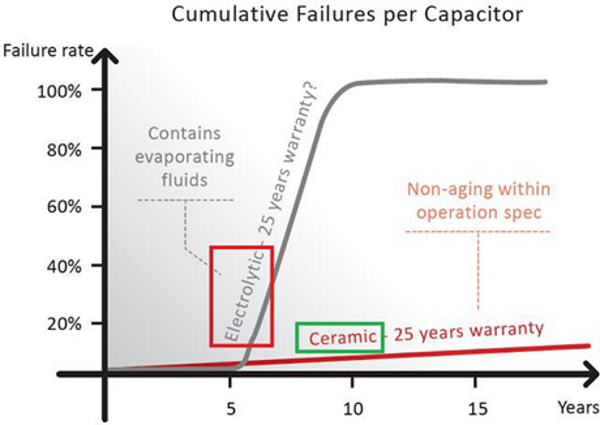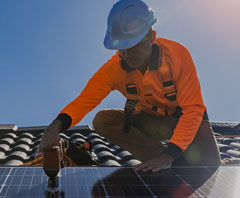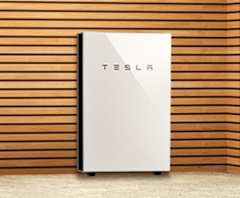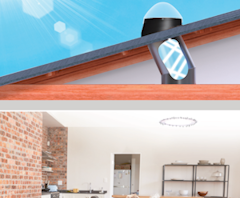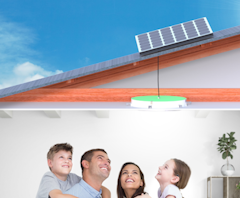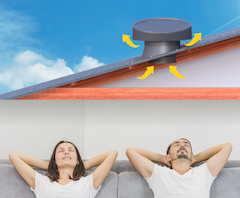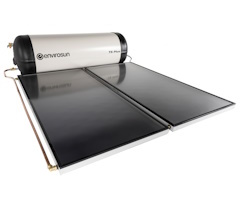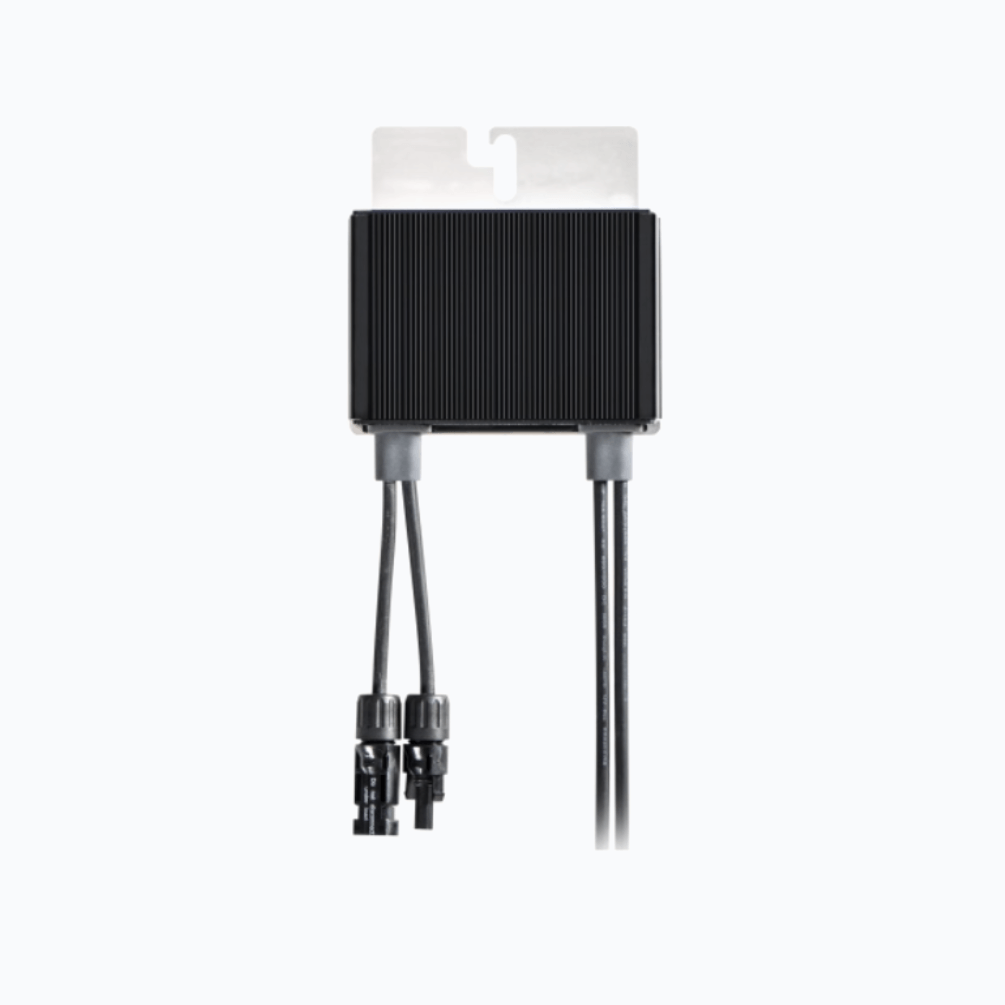SolarEdge Versus Enphase Comparison
SolarEdge Versus Enphase Comparison – which is most suited for Australia? We compare their characteristics to see which is the better choice.
Most consumers in Australia buy solar systems with string inverters. These inverters have certain limitations are not allowed in the US and Europe for home solar.
Smart customers purchase systems with power optimisers or microinverters to overcome these limitations . We compare SolarEdge optimisers to Enphase IQ8 microinverters as these devices are the most popular alternatives to string inverters.
String inverters typically have two strings of panels. All panels in the string are connected and have to face in the same direction. There is a single power tracker for the string causing all panels in a string to only output power to the level of the weakest panel.
String Inverter Alternative
Module Level Power Electronics
Solar systems that use MLPE (Module Level Power Electronics) are the alternatives to string inverters. In MLPE systems electronic devices are used that are attached to each solar panel. These devices are either power optimisers or microinverters. These devices enable MPPT (Multi Point Power Tracking) to track each panel independently.
Every panel performs independently to its maximum power output with MPLE. If single panel is affected by shade its output will drop but the output of the other panels is not affected.
SolarEdge power optimisers and Enphase microinverters are the two most popular MPLE solutions in Australia. If you are considering these solutions it is worthwhile comparing them. There certain limitations with the microinverters that make them a weaker choice for Australian conditions.
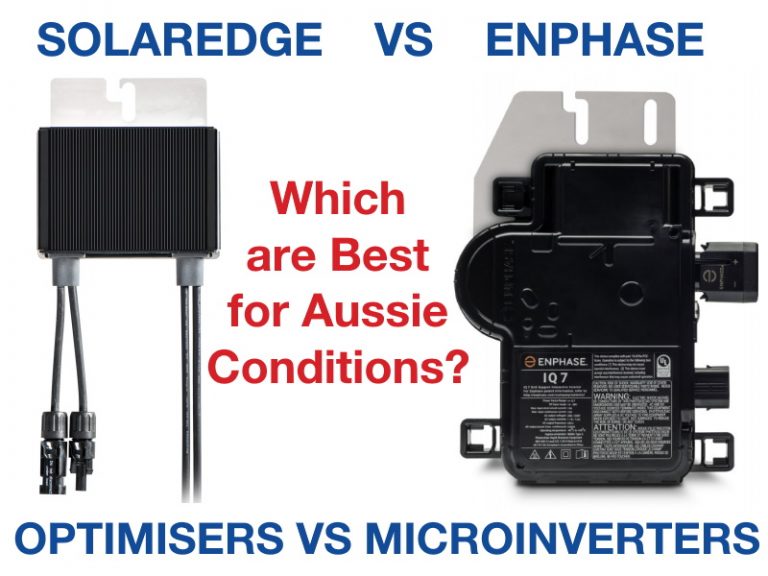
The table below compares the characteristics of the SolarEdge Optimisers and the Enphase IQ7 microinverters.
| SolarEdge Vs Enphase | SolarEdge | Enphase IQ 8 | Comment |
|---|---|---|---|
| Independent power output for each panel | Yes | Yes | Each panel operates individually |
| Panel level monitoring | Yes | Yes | |
| More flexibilty for solar design | Yes | Yes | |
| Enhanced safety | Yes | Yes | |
| Max operating temperature | 85° | 60° | In summer Aussie roofs can reach 70°C or higher |
| Components | 186 | 466 | More parts more potential problems |
| Warranty | 25-years | 15-years | Expensive to replace parts on roof when out of warranty |
| Product warranty matches panel warranty | Yes | No | Premium panels come with 25 or 30-year |
| Wall mounted components warranty | 12-years. Upgrades to 20 & 25-years | 5-years | Enphase comms gateway only has 5-yrs warranty |
| Warranty discrepancy | No | Yes | Enphase US warranty is 25-years but only 15 in Australia. Is Aussie climate a worry? |
| Conversion efficiency | 99.5% | 97.3% | Better efficiency increases lifetime power output |
| Power clipping | No | Yes | Less AC power output from panels |
| Start-up voltage | 12.5V DC | 22-33V DC | Poorer low light performance |
| IP rating | 68 | 65 | |
| Up front cost | Lower | Higher | |
| Return on investment | Higher | Lower | Takes longer for Enphase to pay for itself |
| Capacitor technology | Ceramic | Electrolytic | Ceramic has less failures over time so better suits panel warranty |
| Inverter company by size globally | No. 1 |
In conclusion, the two most popular alternative Australian solutions to string inverters are SolarEdge optimisers and and Enphase microinverters. Our in-depth comparison shows that SolarEdge has the advantage in comparison to Enphase and is more suited to Australian conditions.
Contact SolarBright today for a customised SolarEdge solar proposal.
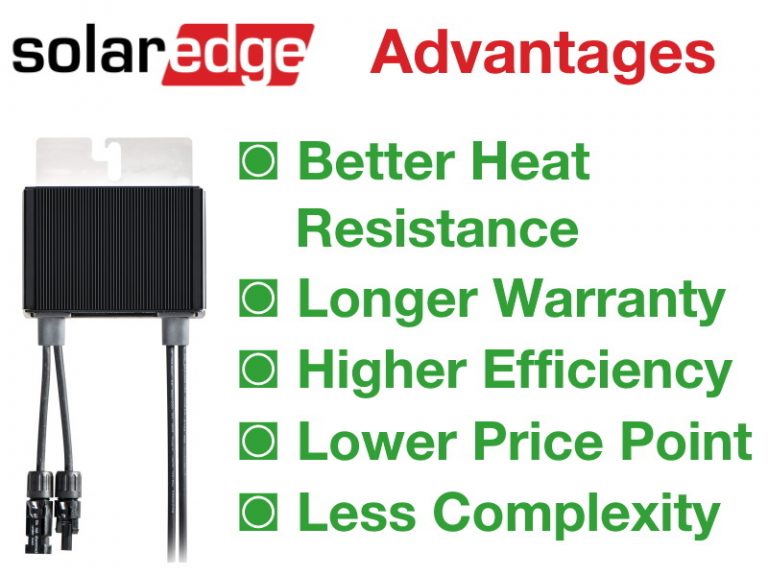
SolarEdge Versus Enphase Comparison
Top 5 Advantages of SolarEdge
Operating Temperature Range
We all know that Australian summers are hot. On a hot summer day, the temperature on the roof can reach 65 to 75°C. The trend to darker tiles on modern homes does not help. This means any electronic devices attached to solar panels on the roof must operate reliably in extreme temperatures.
The power optimisers are rated up to 85°C which is more than enough to cope with Aussie summers. In contrast the IQ8 Microinverters are only rated to 60°C.
Better Warranty on the Optimisers
This is a big difference to compare. The Enphase microinverters come with only a 15-year product warranty in Australia while the SolarEdge optimisers boast 25-years. Both devices attach to the solar panels, so we need to consider the panel warranty also.
The top solar panels brands have a 25-year or 30-year product warranty. It does not make sense to install microinverters with a 15-year warranty on these panels.
In the US the IQ8 microinverter comes with a 25-year warranty – so why only 10 years in Australia? Maybe with the maximum operating temperature only rated at 60° the microinverter does not cope as well with hot Aussie summer conditions.
Also the SolarEdge Genesis and Energy Hub inverters have a 15-year warranty, upgradable to 20 or 25-years. The Enphase Envoy communication gateway needed with every Enphase system only has a 5-year warranty.
Higher Efficiency
Higher efficiency equates to greater power production and greater savings over the life of the system. The microinverters only have 96.5% efficiency compared to 99.5% for the optimisers.
Price Point and Return on Investment
The Optimisers with the SolarEdge Genesis Inverter have a lower price point than Enphase microinverters for similar sized systems. This equates to a quicker return on the outlay for the system.
Complexity and Capacitor Types
Again, SolarEdge has the advantage with only 186 internal components. The IQ7 microinverter has 466 components with a lower maximum operating temperature. With more parts there are more potential problems.
Ok let’s get technical. Capacitors are small electronic devices that store and release electricity. The optimisers contain ceramic capacitors whereas the microinverters use electrolytic. Both have their advantages in different areas. The electrolytic capacitors contain evaporating fluids. The cumulative failure rate for the electrolytic capacitors increases over time compared to ceramic.
